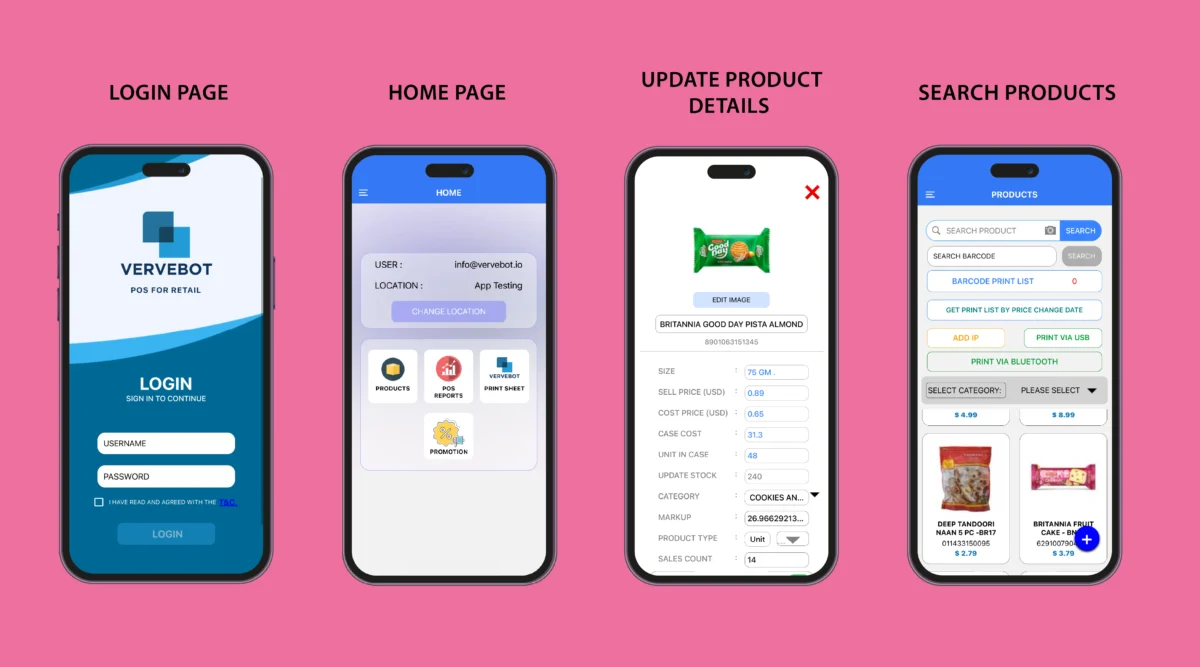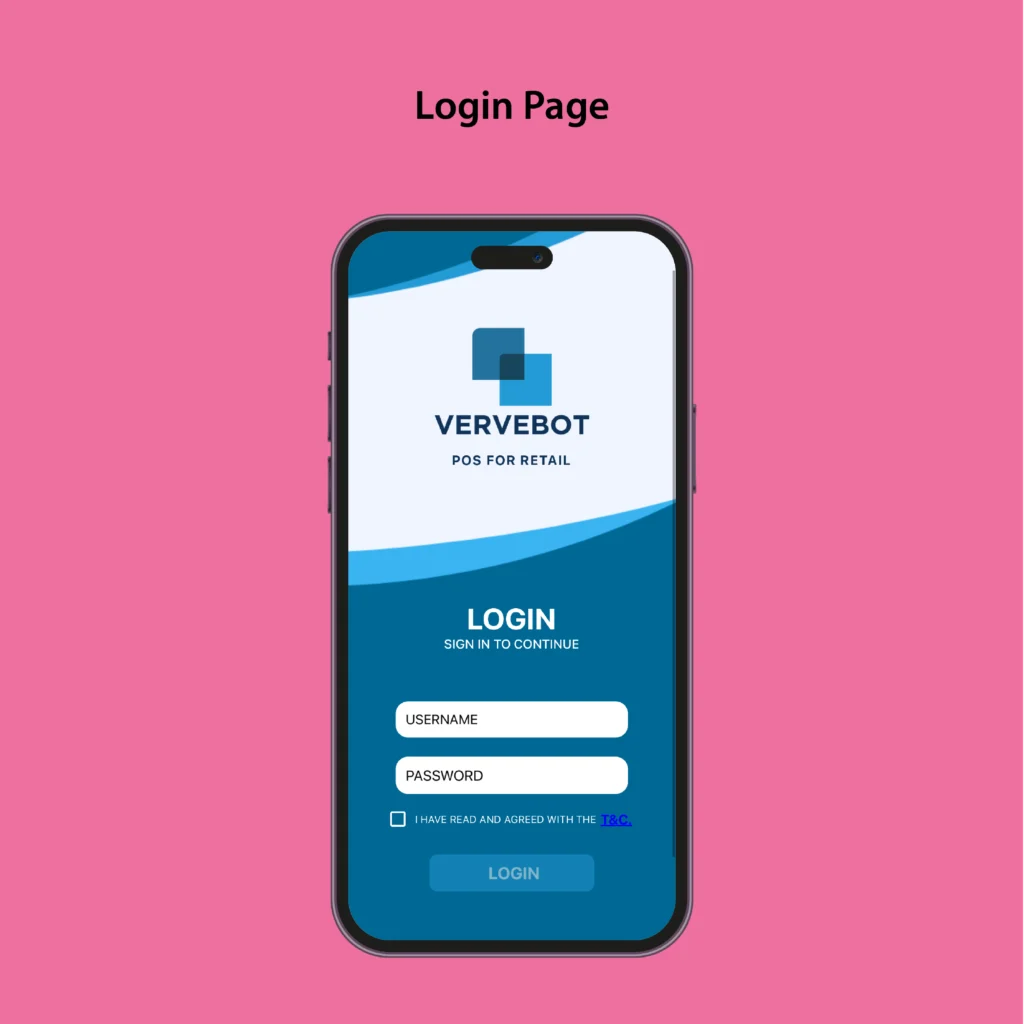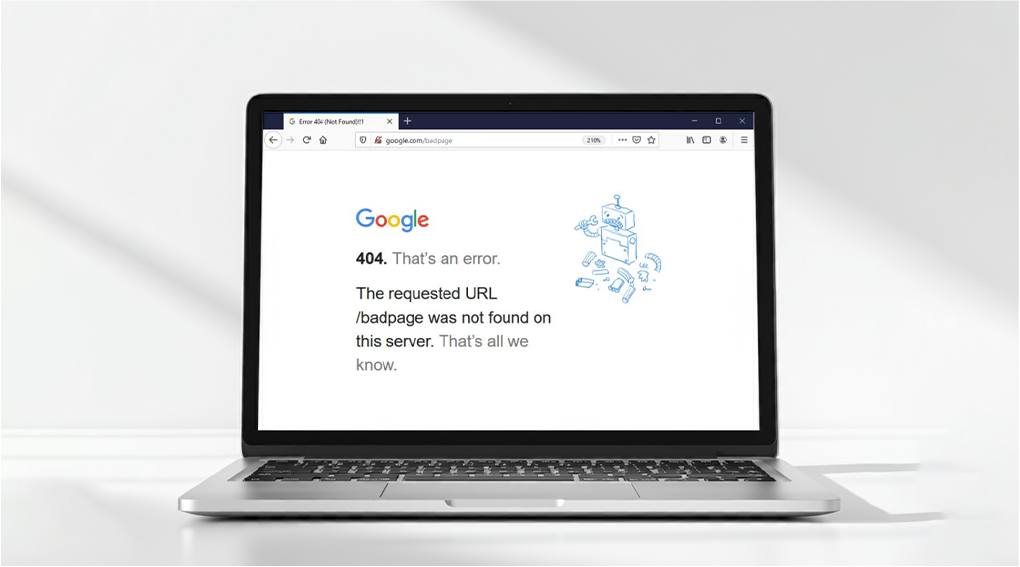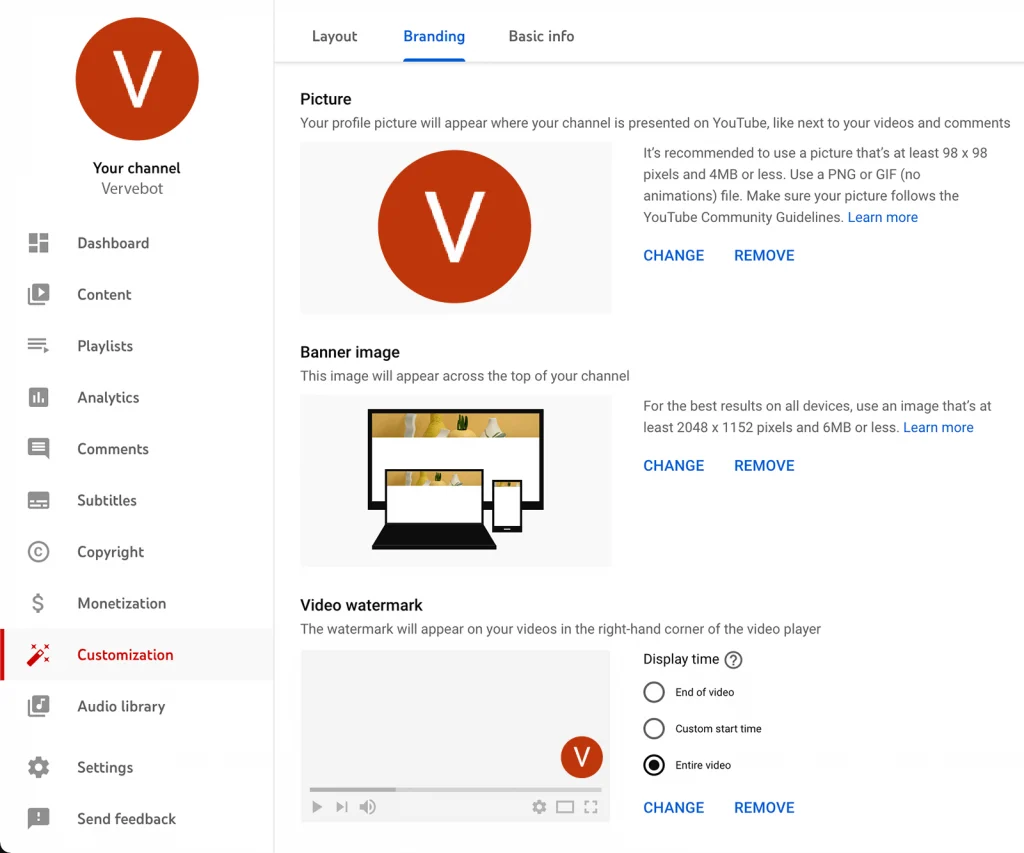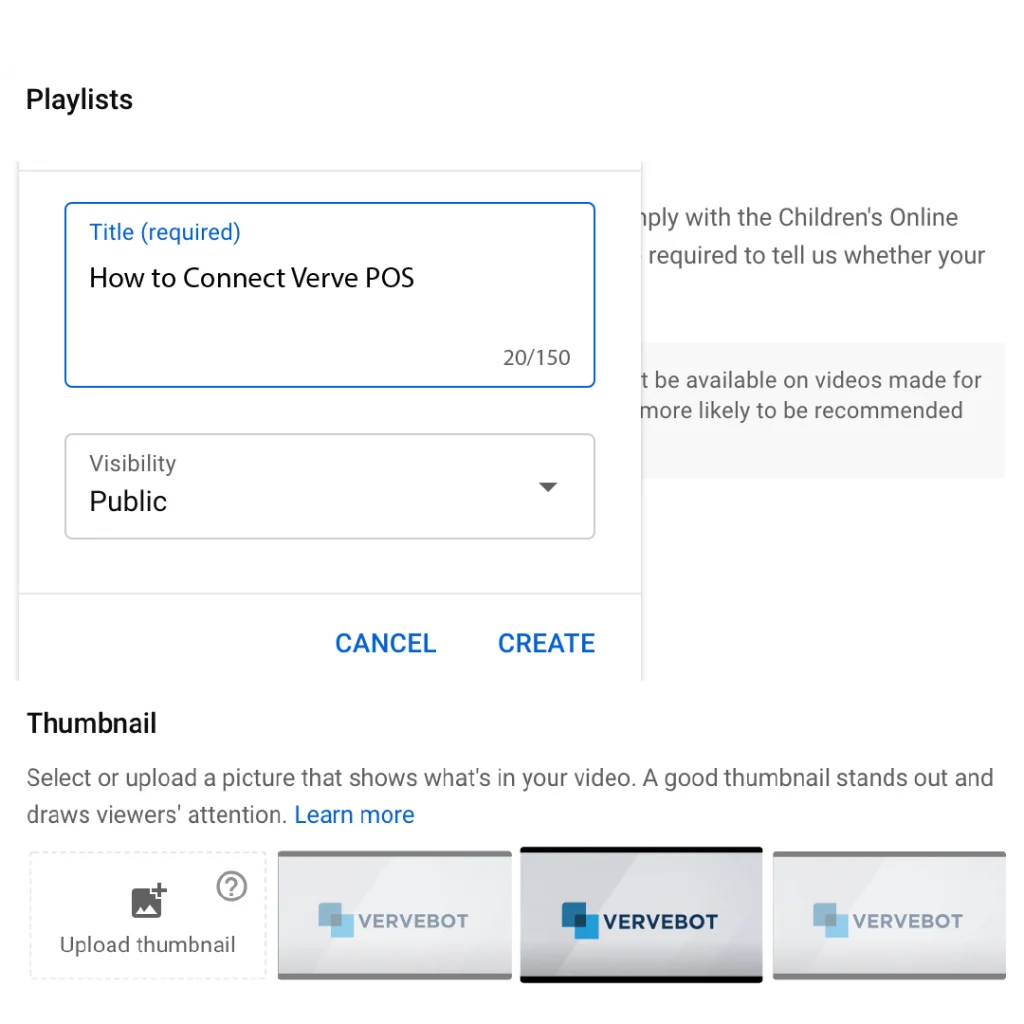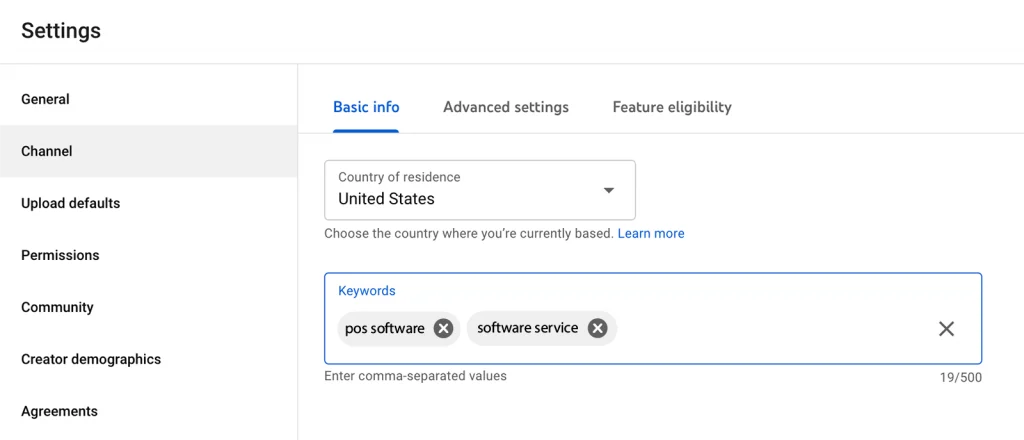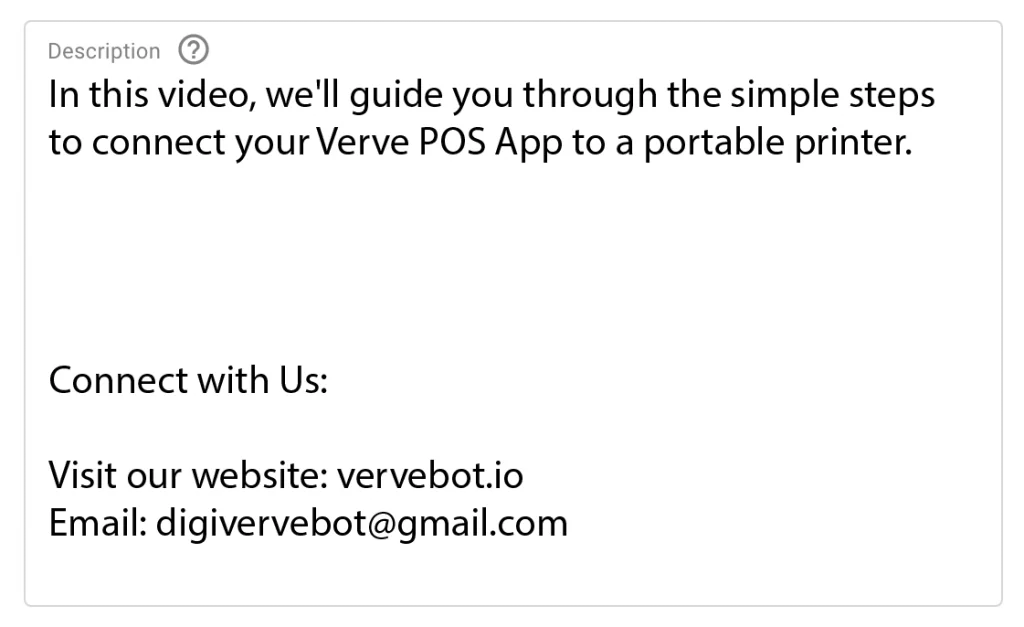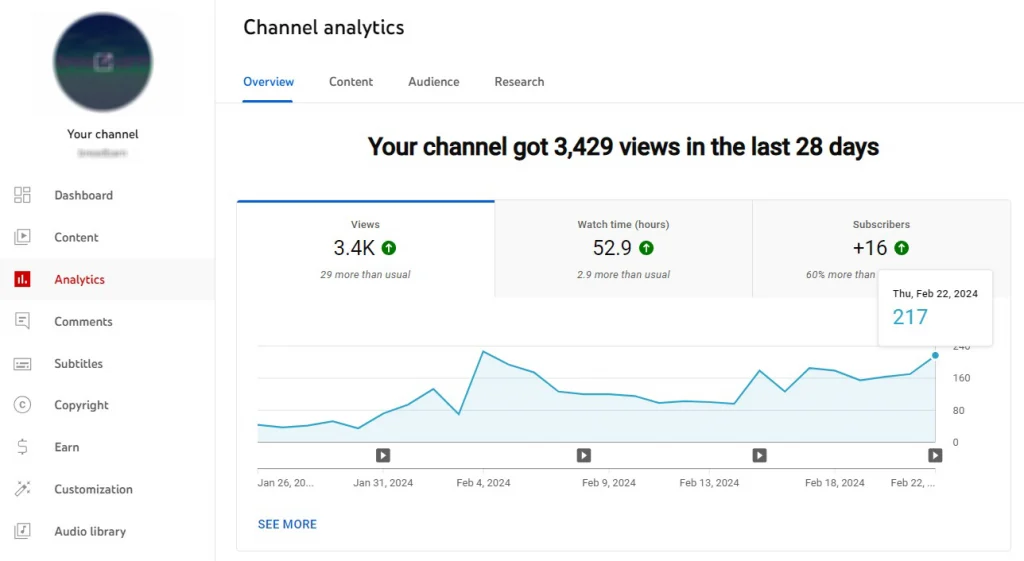We’re living in a world where voice search is transforming how we find information. Imagine driving down the highway, craving pizza, and instead of fiddling with your phone, you ask your voice assistant for recommendations. In an instant, you have a list of the best local pizza joints. This is the magic of voice search, and it’s rapidly becoming the norm in our tech interactions. This shift not only enhances user experience but also opens up exciting opportunities for Voice Search SEO.
Why Optimize for Voice Search?
You might be asking, “Why should I care about voice search optimization?” Well, consider this: the number of voice searches has increased a staggering 35 times since 2018. That’s a huge audience of potential customers looking for quick answers. If your website isn’t optimized for this new search behaviour, you could be missing out on significant business.
In this guide, we’ll explore everything you need to know to optimize your website for voice search and keep you ahead of the competition. Let’s ensure your site speaks the same language as your customers—literally!
What is Voice Search?
Voice search refers to users searching for products or information using voice commands—essentially talking to their devices. With the rise of smart assistants like Amazon Alexa and Google Assistant, voice search has surged in popularity. From asking for directions to ordering groceries, voice search makes our lives easier.
It’s not just confined to smartphones or smart speakers; people use voice search on tablets and even desktops. Studies show that a whopping 52% of users employ voice search while driving, making it a vital tool for multitasking.
Interestingly, it’s not just the tech-savvy younger generation; around 65% of individuals aged 25-49 engage with voice-enabled devices daily. What’s more, nearly half of all users utilize voice search for product research before making purchases. So, whether you’re on the hunt for the latest gadgets or the perfect shoes, voice search is a reliable companion.
The Evolution of Voice Search
Let’s take a moment to appreciate how far voice search has come. Remember when we had to type out every query? Those days are behind us. The advent of voice assistants like Siri, Google Now, and Cortana revolutionized our interaction with technology. Suddenly, devices became personal assistants, ready to help us without the need for a keyboard.
The real breakthrough? Transitioning from typed queries to natural spoken language. Thanks to advancements in natural language processing, our devices can now understand us better than ever.
Understanding Search Engine Optimization (SEO)
Before diving into voice search optimization, let’s quickly review SEO. In essence, SEO is the practice of organically enhancing your website to rank higher in search engine results pages (SERPs). This involves strategies aimed at boosting your site’s visibility and relevance to search engines.
The ultimate goal of SEO is to increase website traffic and drive conversions. Voice search SEO is a specialized subset that focuses on optimizing your website for users who prefer voice-activated searches. By aligning your site with current voice search trends, you enhance your overall SEO efforts and position your website for success.
Why Voice Search SEO Matters
Let’s break down some statistics. About 58% of consumers use voice search to find local businesses. Whether it’s seeking a coffee shop or needing a plumber, voice search has become essential for local inquiries. Furthermore, with the COVID-19 pandemic leading to an increase in contactless solutions, voice search usage has surged, making it a critical tool in everyday life.
Experts predict that voice search shopping will surpass $40 billion. Voice search SEO is not just a trend; it’s a fundamental shift in how consumers search for products and services. If you haven’t embraced this change yet, now is the time.
Understanding User Behavior
To optimize for voice search, it’s crucial to understand user behaviour. People phrase their spoken queries differently than typed ones. When typing, users are often concise and keyword-focused, but when speaking, they adopt a more conversational tone.
Voice assistants utilize natural language processing to analyze full sentences rather than just isolated words. This means even if a user stumbles in their speech, their voice assistant can still comprehend their request.
Strategies for Voice Search SEO
Here are some effective strategies to ensure your website is optimized for voice search:
- Conversational Keywords:Focus on natural language. Instead of short, specific keywords, incorporate longer, conversational phrases. For example, rather than just targeting “best pizza,” use “Where can I find the best pizza near me?” This aligns better with how people naturally speak.
- Local SEO Focus:Since many voice searches involve local inquiries, optimize your website for local SEO. Include location-specific keywords and claim your Google My Business listing to enhance your visibility in local searches.
- Structured Content: Structure your content to provide clear, concise answers. Use bullet points and numbered lists to help search engines understand your content. Keep responses short—average voice search results contain only about 29 words.
- Schema Markup: Implement schema markup to provide additional context to search engines. This can significantly enhance your chances of appearing in voice search results, as pages with schema account for a notable percentage of these results.
- Mobile Optimization: Given the prevalence of voice search on mobile devices, ensure your website is mobile-friendly. Optimize page load speed and user experience across all devices, as mobile-friendly sites are more likely to rank well in voice search.
Conclusion
In conclusion, voice search optimization is no longer optional; it’s essential for businesses that want to thrive in today’s digital landscape. The rise of voice search has revolutionized how users interact with technology, offering unprecedented convenience and accessibility.
By incorporating strategies like conversational keywords, local SEO, structured content, and schema markup, you can significantly improve your website’s visibility in voice search results.
Remember, the landscape of voice search is ever-evolving. Stay proactive, monitor changes in user behaviour, and continuously refine your approach to maintain your competitive edge. Embrace the future of search—your customers will thank you!


